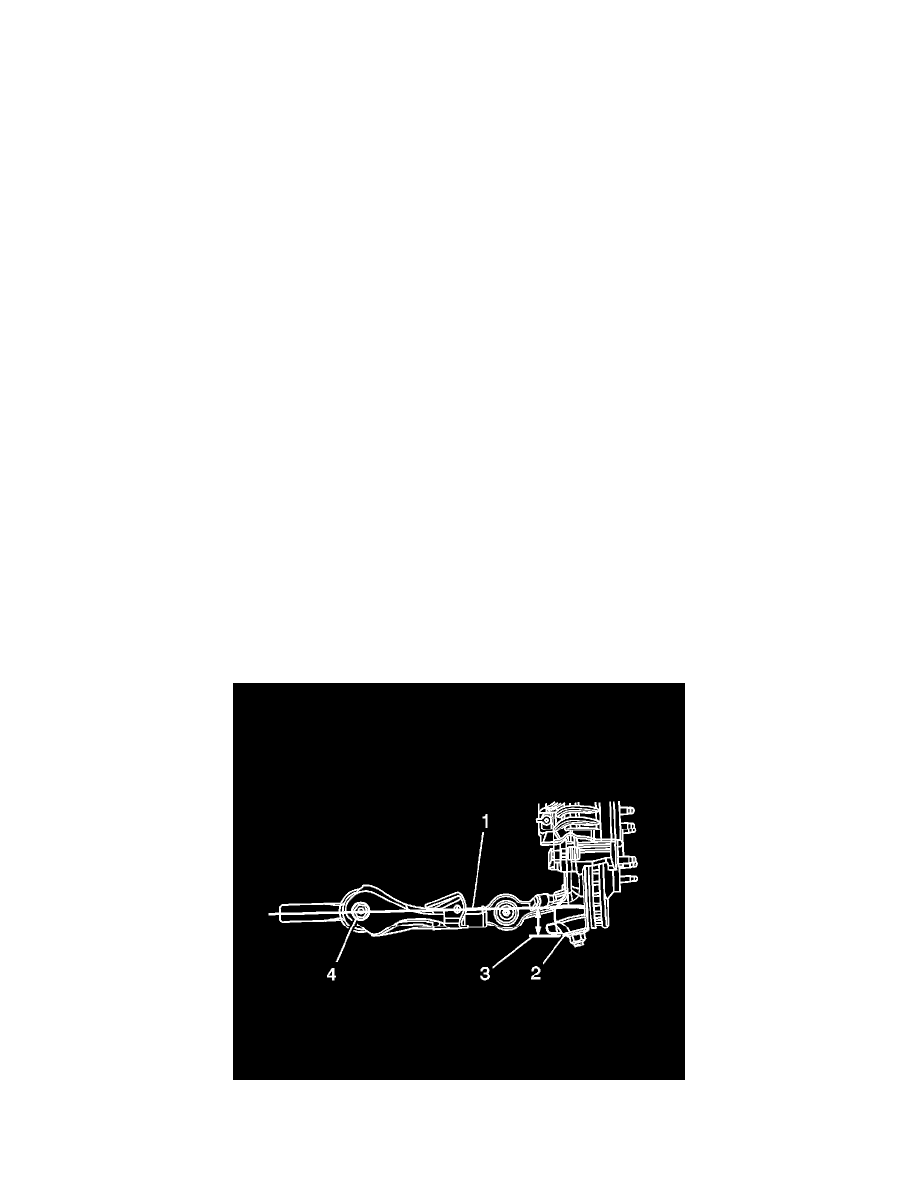TrailBlazer 2WD V8-6.0L (2009)

Alignment: Testing and Inspection
Trim Height Inspection
Trim Height Measurements
Trim height is a predetermined measurement relating to vehicle ride height. Incorrect trim heights can cause bottoming out over bumps, damage to
suspension components, and symptoms similar to wheel alignment problems. Inspect the trim heights when diagnosing suspension concerns and before
inspecting the wheel alignment.
Perform the following before to measuring the vehicles trim height:
*
Set the tire inflation pressure to the specifications shown on the certification label. Refer to Vehicle Certification, Tire Placard, Anti-Theft, and
Service Parts ID Label (See: Application and ID).
*
Check the fuel level. Add additional weight if necessary to simulate a full tank. (One U.S. gallon of gasoline weights approximately 6.5 lbs. One
liter of gasoline weights approximately.70 kg.)
*
Make sure that the passenger and rear comportments are empty, except for the spare tire.
*
Make sure that the vehicle is on flat and level surface, such as an alignment rack.
*
For vehicles equipped with automatic level control, ensure that the system is functioning properly.
*
If weight has been added or removed from the vehicle, the ignition key must be turned on for 2 minutes so that the level control system can
readjust for the change in the vehicle load.
*
Check that all the vehicles doors, hoods, and deck lid are securely closed.
*
Check for installed after market accessories or modifications that could affect height measurement:
*
Larger or smaller than production wheels and tires
*
Lifting or lowering kits
*
Wheel Opening Flares or Ground Affects.
Measuring the Z Height
Important: The left and right Z height difference should be no more than 24 mm/.95 in.
1. Use the following procedure to measure the Z Height;
1. Lift the front bumper of the vehicle up to about 38 mm (1.5 in).
2. Gently remove your hands and let the vehicle settle.
3. Repeat this jouncing operation 2 more times for a total of 3 times.
4. Measure and record the distance from the centerline (1) of the lower control arm bushing bolt (4) down to the machined edge of the steering
knuckle (2) in order to obtain the Z height specifications.
5. Repeat for the other side of the vehicle.
